Roofing Inspections, Maintenance Can Prevent Leaks



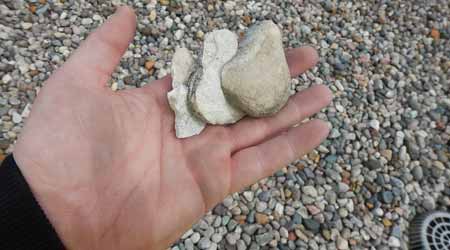 Because roofs are often an organization’s most valuable asset, proper inspections and maintenance are critical to keep roofs in good condition.
Because roofs are often an organization’s most valuable asset, proper inspections and maintenance are critical to keep roofs in good condition.As ballast stones weather and break down, they can become sharp enough to damage the roof membrane. Structuretec
By Nicholas J. O’Hare Roofing Article Use Policy
Roofs may be both an organization’s most valuable and most vulnerable assets. Because roofs are exposed to weather 24 hours a day, seven days a week, 365 days a year, no roof system lasts forever. Neglecting roofs can mean leaks, degradation, or major damage. Without proper inspections and maintenance, roofs will prematurely fail.
Roof inspections should address specific indicators or conditions. Most systems have specific guidelines for inspecting the condition of all aspects of the roof. But before getting into the inspection process, it is important to understand the typical root causes of roof leaks or roof problems. Most issues can be traced back to one of three categories — design, materials, or workmanship — or a combination of the three.
Design: About one third of roof leaks are on buildings less than five years old, a surprising statistic to most facility managers. A large percentage of these leaks can be traced directly back to errors or omissions in system design. The use of “boilerplate” specifications and generic details is far too prevalent in both new construction and re-roofing projects. Although better than performing a roof installation, replacement, or maintenance with no design, a one- size-fits-all approach often leads to an underperforming roof system. Many items require custom design, including insulation tapering requirements, structural deck requirements, insulation fastening pattern requirements, seam detailing, flashing and termination requirements, backup waterproofing, and goes on from there. Failure to design these critical details properly can lead not only to leaks, but total system failure.
Materials: Whether it’s the use of incompatible or substandard repair materials, or premature product failures, materials are often major contributors to roof leaks and problems.
A review of product failures over the past 25 years shows the need to use only “tried and proven” materials. Most industry experts recommend a minimum 10 years of proven performance in the marketplace prior to utilizing a product on a roof system.
More common than total product failure is the use of incompatible or substandard materials on projects. As an example, too often low grade sealants are applied to critical details on the roof system such as penetrations and terminations; these sealants are cracking and failing three to five years after application. A better strategy is to use a high grade silicone sealant that could last as long as 15 years. Materials must be carefully selected to ensure they are fit for the purpose.
Workmanship: One of the most crucial periods in a roofing project occurs during the actual construction. The design is well crafted, the materials are top of the line, but if the workmanship is not properly executed, a roof will be problematic and prone to leaks. Shortcuts taken or oversights by the contractor can lead to significant leaks and major financial implications for the facility manager. Common workmanship items that can create leaks include incomplete vertical terminations of the roof to wall flashings, missing sealant at penetration flashings, incomplete coping details, short flashing height, missing drain strainers, and missing sealant around patches — just to name a few.
Another workmanship flaw that can create major leaks and accelerated deterioration in a roof system is insulation being installed wet. Wet insulation should be viewed as a cancer in a roof. Bitumen, adhesives, and components such as roof deck and fasteners will all break down prematurely in the presence of wet insulation. Neither single-ply nor built-up roof systems are immune to trapped moisture. Whether the insulation gets wet throughout the construction process or arrives on site wet, it should never be installed in that condition. Once insulation is wet within the roof system, it stays wet, and there is insufficient evidence to show that roof vents or other measures are effective in the drying of insulation. To ensure a high quality roof with minimal leaks it is crucial to have a process in place to make sure the contractor doesn’t take shortcuts.
posted on 1/18/2018
Comments
Source: Commercial Roofing



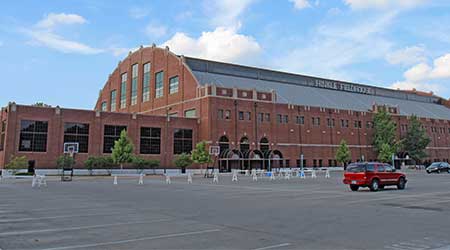



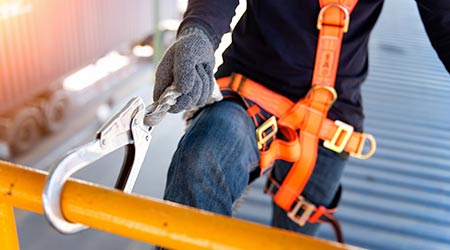


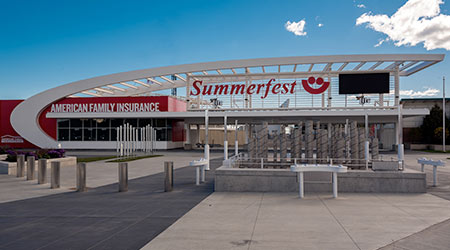
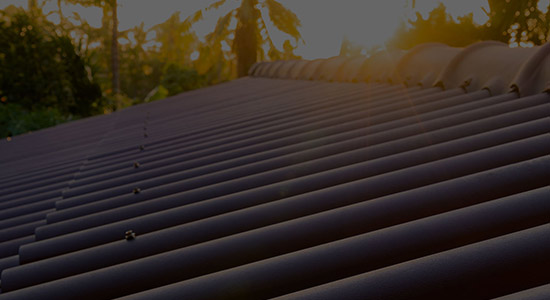



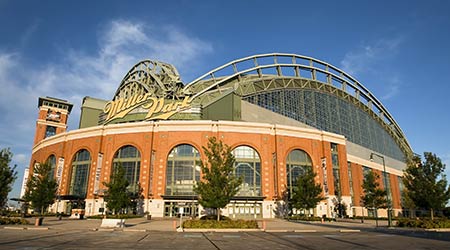
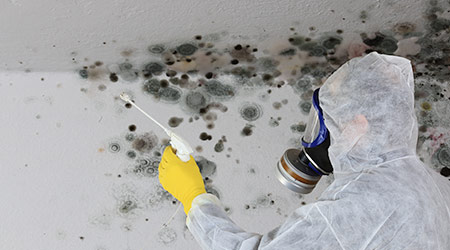



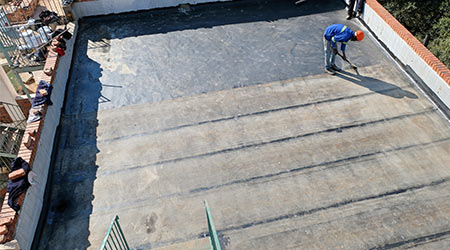

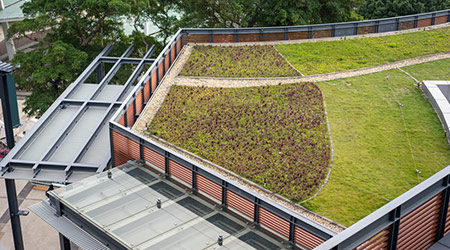
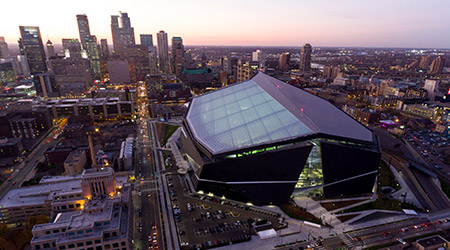
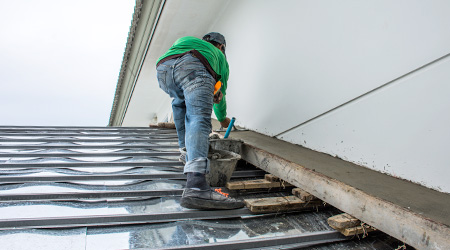
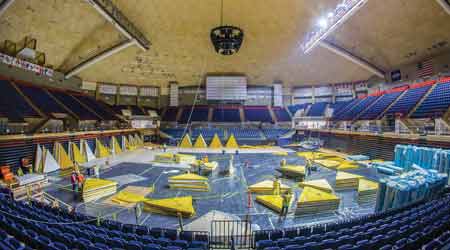
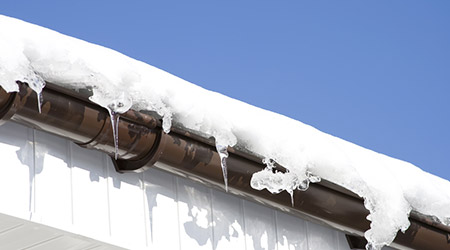
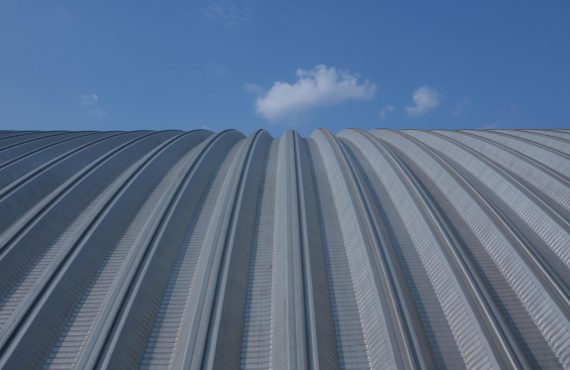
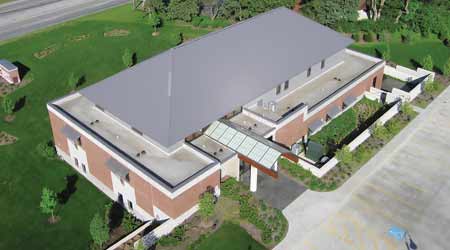


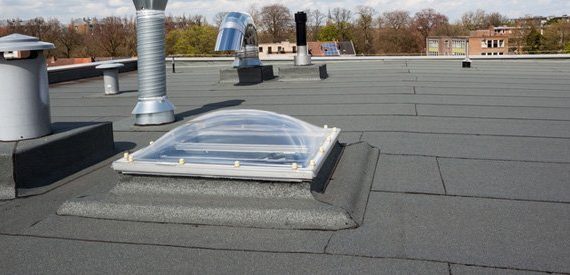
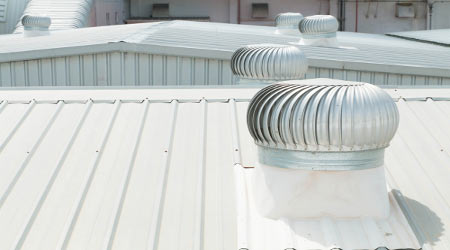

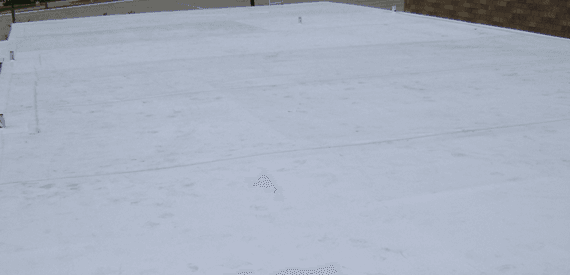


No comments yet.